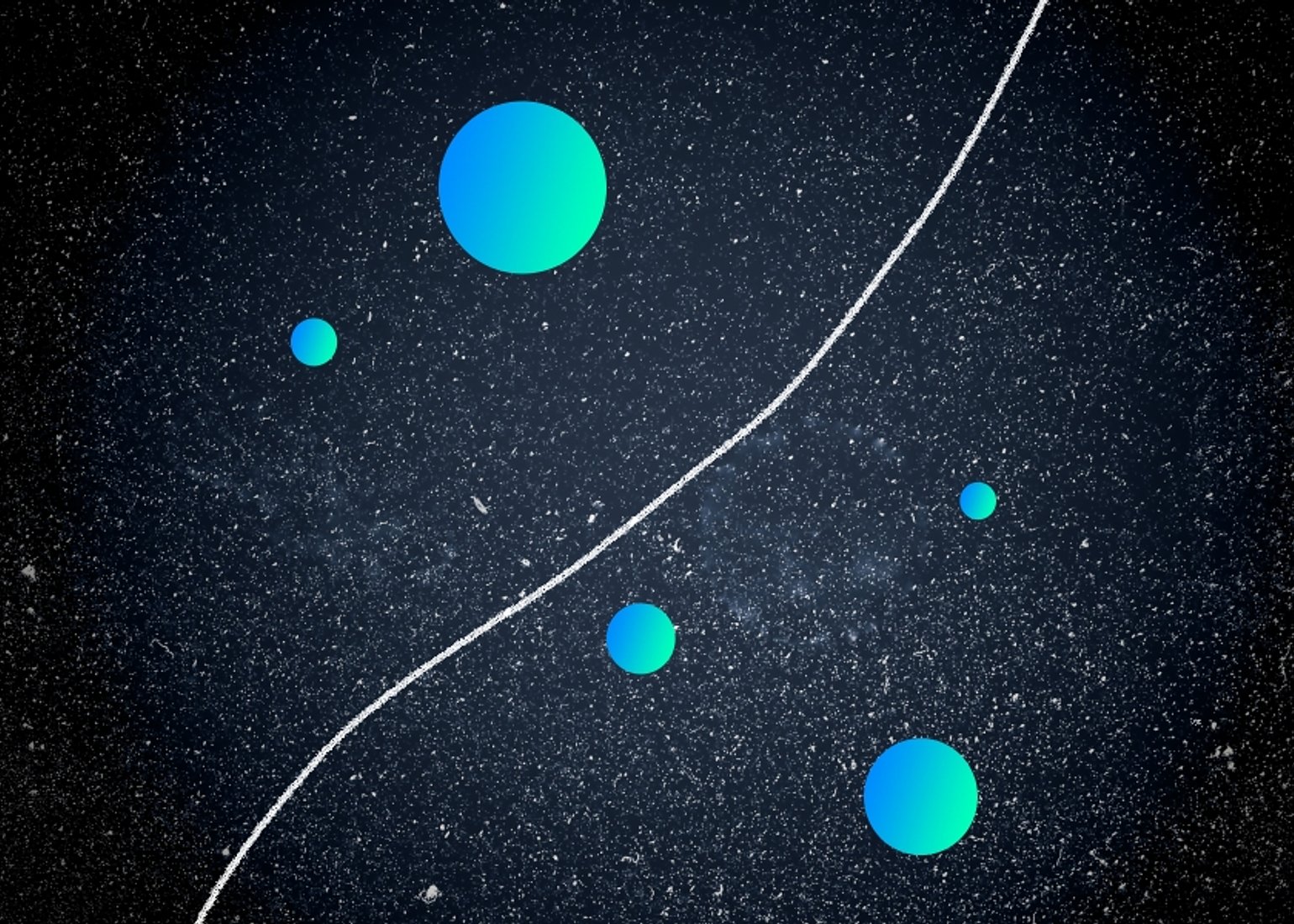5 Netidee Grants for Young Researchers
Josip Zilic, Sabtain Ahmad, Daniel Hofstätter, Anouk Michelle Oudshoorn and Jakob Fahringer’s outstanding theses are funded by the 2023 open-source campaign.

netidee is one of Austria’s major funding campaigns for projects and theses on the internet. Up to 50,000 euros in funding is available for the implementation of open-source projects. The grants are endowed with 5,000 euros for diploma or master theses and 10,000 euros for dissertations.
Five young researchers at TU Wien Informatics convinced the jury with their exceptional theses, winning three dissertations and two master thesis grants: Josip Zilic is a PreDoc Researcher at the Research Unit for Data Science, Sabtain Ahmad is a PhD in Data Science. Anouk Michelle Oudshoorn is a PreDoc Researcher at the Research Unit for Knowledge-Based Systems. Jakob Fahringer and Daniel Hofstätter are both student assistants and in their Master’s at the Research Unit for Data Science.
About the Research Projects
Josip Zilic: Reliability of Edge Offloadings
Modern mobile applications are becoming more complex and thus require an abundant amount of resources. Some of them are latency-sensitive such as traffic-safety and augmented/virtual reality, which need low response time for (near-)real-time object detection and decision-making. Executing them on resource-limited mobile devices or offloading them on a far-distant cloud server, is not viable due to lack of resources or long latency. However, edge computing is introduced to deploy edge servers near mobile devices. Thus, the resource-intensive parts of mobile applications are offloaded on the nearby edge instead, providing shorter latency and faster processing. However, edge servers are heterogeneous and exhibit failures due to a lack of advanced supporting systems. Therefore, new offloading techniques have to be devised that account for heterogeneous and unreliable edge servers to enable low-latency and reliable application execution.
Sabdain Ahmad: Communication and Energy Efficient Edge Artificial Intelligence Framework for Internet of Things
The remarkable advances in the miniaturization of computing power and rapid development of the Internet of Things (IoT) have led to the proliferation of sophisticated smart devices and sensors, which opened a doorway to new futuristic applications, namely smart homes and cities, eHealth, connected vehicles, virtual/augmented reality, and interactive gaming. These widespread and geographically distributed mobile and IoT devices generate massive amounts of data at the network edge and put massive demands on data processing due to their strict privacy and latency requirements. This necessitates developing and deploying sophisticated AI technologies on resource-constrained edge nodes capable of extracting insights from geographically distributed data. To mitigate these challenges
Anouk Michelle Oudshoorn: Combining SHACL and Ontologies
A standardized and widely used way to organize structured knowledge on the internet are knowledge graphs (KGs). KGs can be viewed as graphs with labels on edges and/or nodes. Ontologies are a way to formally describe KGs that contain, next to the concrete information in the graph, implicit reasoning rules like each student has a student number. In practice, ontologies are used to make data more suitable for applications. In the years after the standardization of KGs in the form of RDF data and ontologies in the form of OWL, a big need for a language to describe and validate the correctness of KGs came up. This lead to the introduction of SHACL. Although lots of issues around SHACL remain open and aspects are lacking, SHACL is widely adopted as it is so important in practice. To have reliable SHACL technologies, it is very important to understand SHACL better and provide solid foundations. In her dissertation, she is focusing on what it means to combine SHACL with ontologies. This problem is envisioned in the SHACL standard, but without any technical guidance. The goal is to provide solid foundation for this combination. There is a great interest in this work in among others the semantic web community. However, there do not exist any satisfying proposals outside of this project yet.
Daniel Hoffstätter: Increasing Trustworthiness of Edge AI by adding Uncertainty Estimation to Object Detection
Object detection is a common machine learning task that can be used to detect various categories of entities, e.g., people, in images and mark them with bounding boxes and a classification score. Still, typical models are not able to fully express the uncertainty in their predictions, hence it is usually not known when a model prediction is trustworthy or not. However, a model with uncertainty estimation is able to say ”I don’t know“, when it encounters an input unlike anything seen before during training. Challenges of uncertainty estimation typically are bigger model sizes and higher inference times, which are problematic for real-time applications at the resource-constrained Edge. The goal of this thesis is to implement and evaluate different approaches of uncertainty estimation for object detection. Evaluation checks how well the model distinguishes between input data it has been trained to process, and out-of-distribution samples it does not have the capabilities to handle well.
Jakob Fahringer: DEMon – Decentralized Monitoring for Highly Volatile Edge Environments
Edge computing provides computing resources for latency-sensitive IoT workloads at the edge of the network. Traditional centralized monitoring systems are not suitable for the volatile and heterogeneous edge environment. Therefore, decentralized monitoring (DEMon) of system properties is required that is fast and reliable. Existing solutions use either centralized controllers or remote storage mechanisms and, therefore, cannot be used for this purpose. The DEMon system should be able to meet the requirements of volatile edge environments and provide a comprehensive and efficient basis for further monitoring applications.
Curious about our other news? Subscribe to our news feed, calendar, or newsletter, or follow us on social media.
